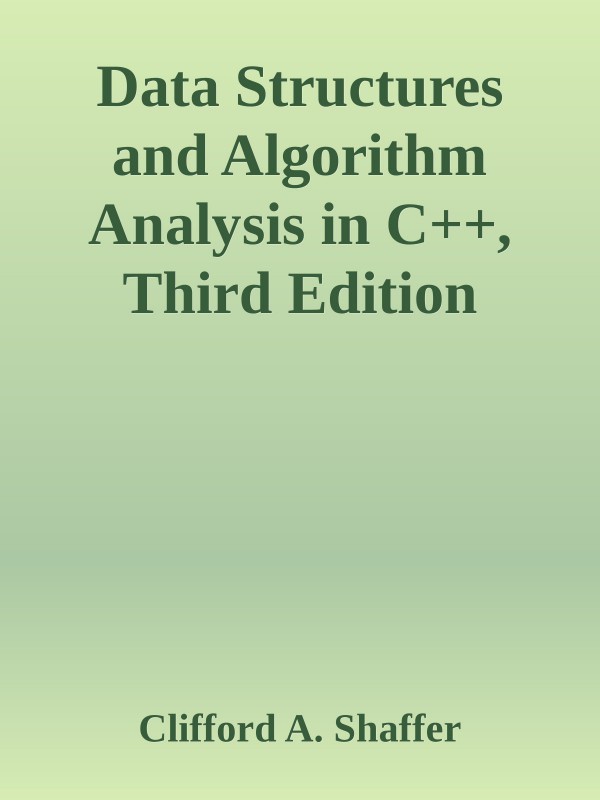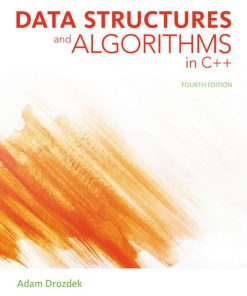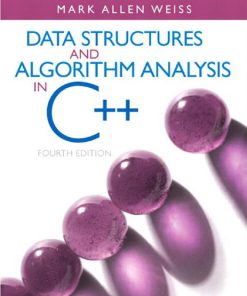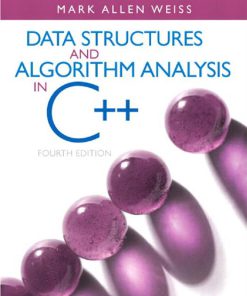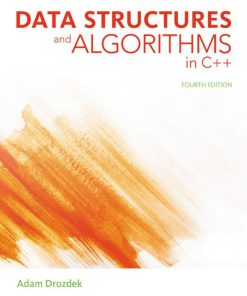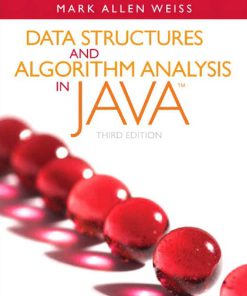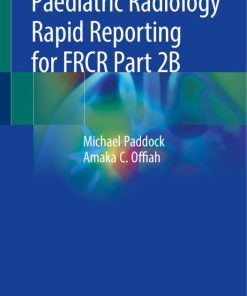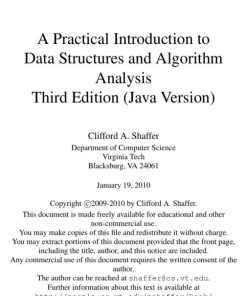Data Structures and Algorithm Analysis in C++ 3rd edition by Clifford Shaffer ISBN 048648582X 978-0486485829
Original price was: $50.00.$25.00Current price is: $25.00.
Authors:Clifford A. Shaffer , Series:Cyber Security [99] , Tags:Computers; Computer Science; Programming Languages; C , Author sort:Shaffer, Clifford A. , Ids:Google; 9780486172620 , Languages:Languages:eng , Published:Published:Jul 2012 , Publisher:Courier Corporation , Comments:Comments:With its focus on creating efficient data structures and algorithms, this comprehensive text helps readers understand how to select or design the tools that will best solve specific problems. It uses Microsoft C++ as the programming language and is suitable for second-year data structure courses and computer science courses in algorithm analysis.Techniques for representing data are presented within the context of assessing costs and benefits, promoting an understanding of the principles of algorithm analysis and the effects of a chosen physical medium. The text also explores tradeoff issues, familiarizes readers with the most commonly used data structures and their algorithms, and discusses matching appropriate data structures to applications. The author offers explicit coverage of design patterns encountered in the course of programming the book’s basic data structures and algorithms. Numerous examples appear throughout the text.

